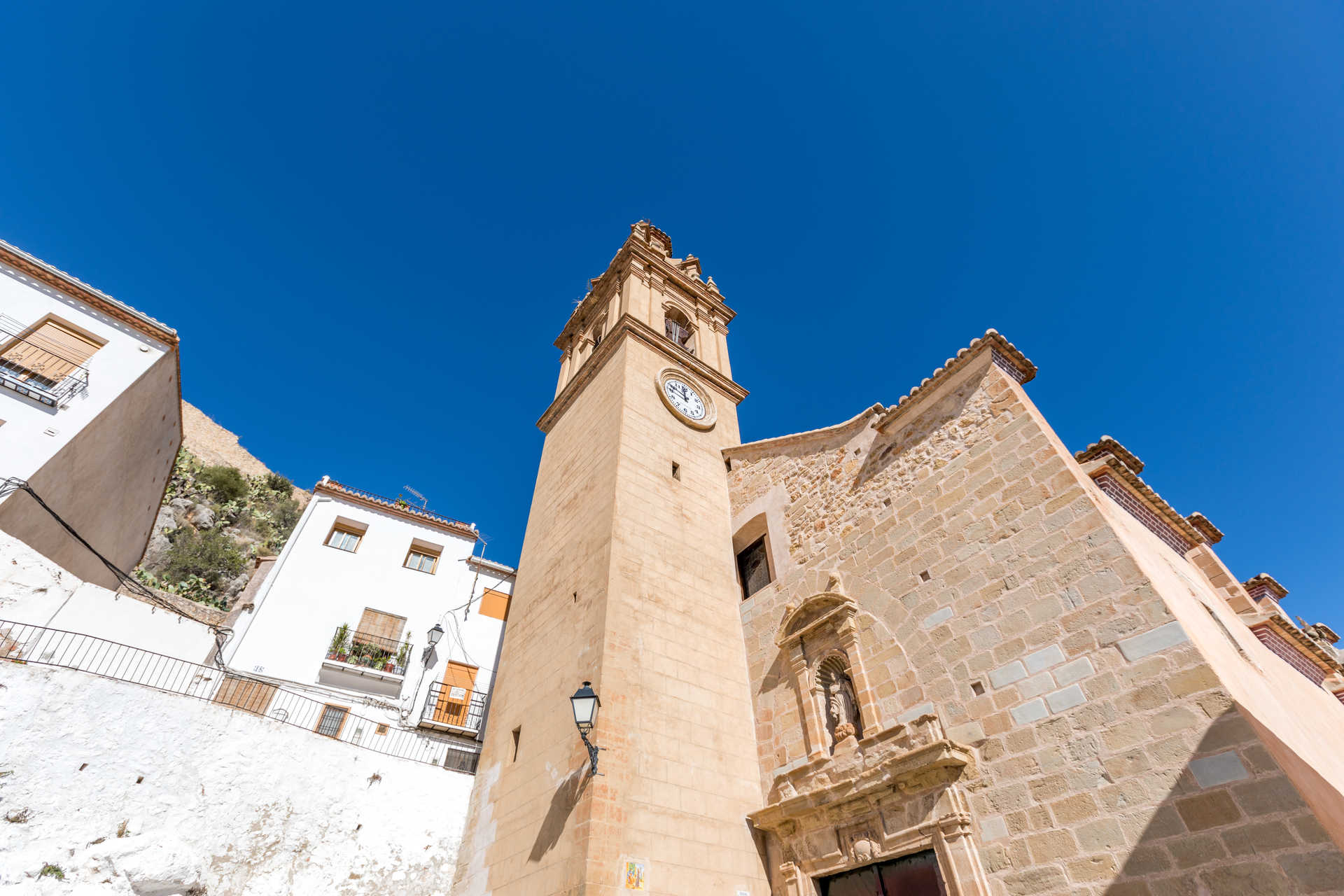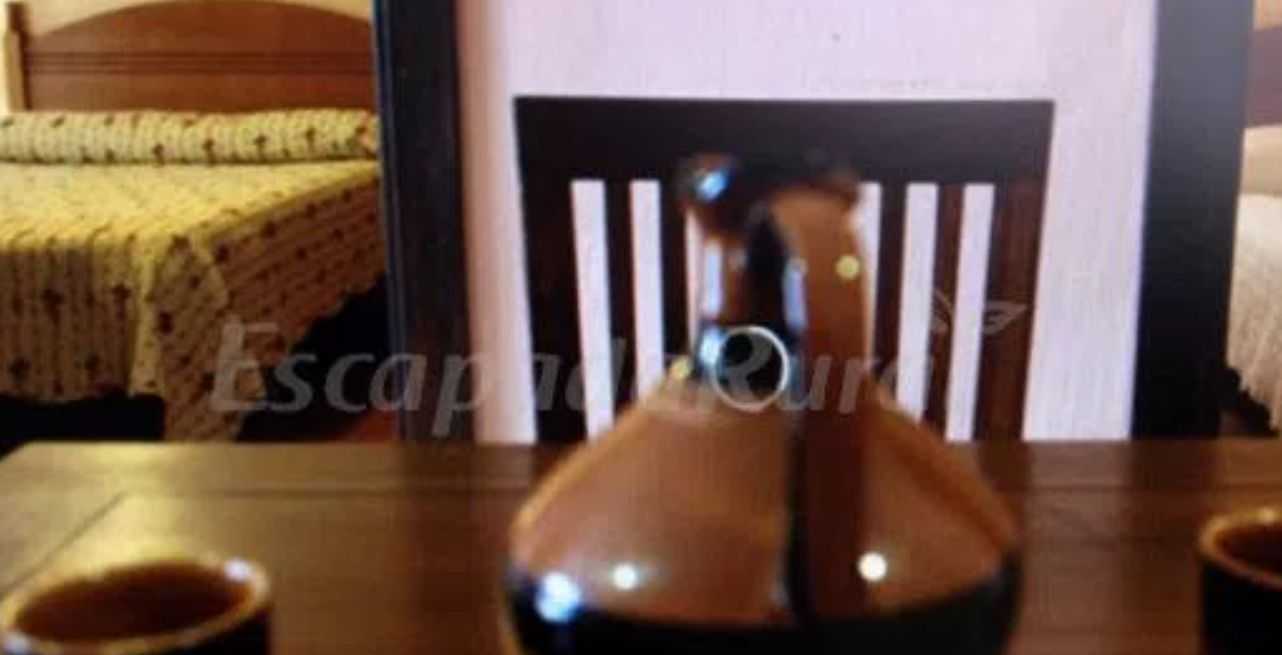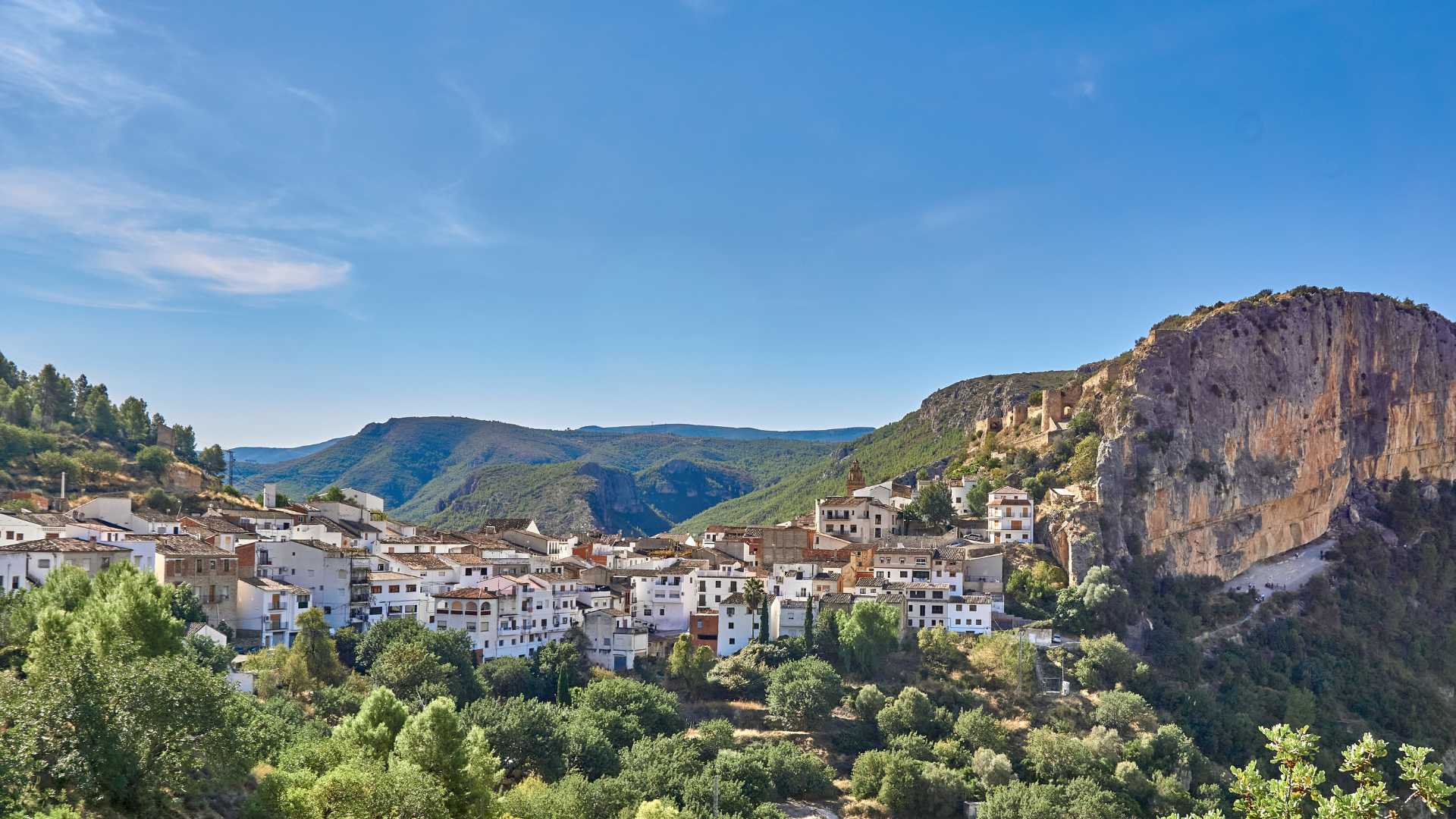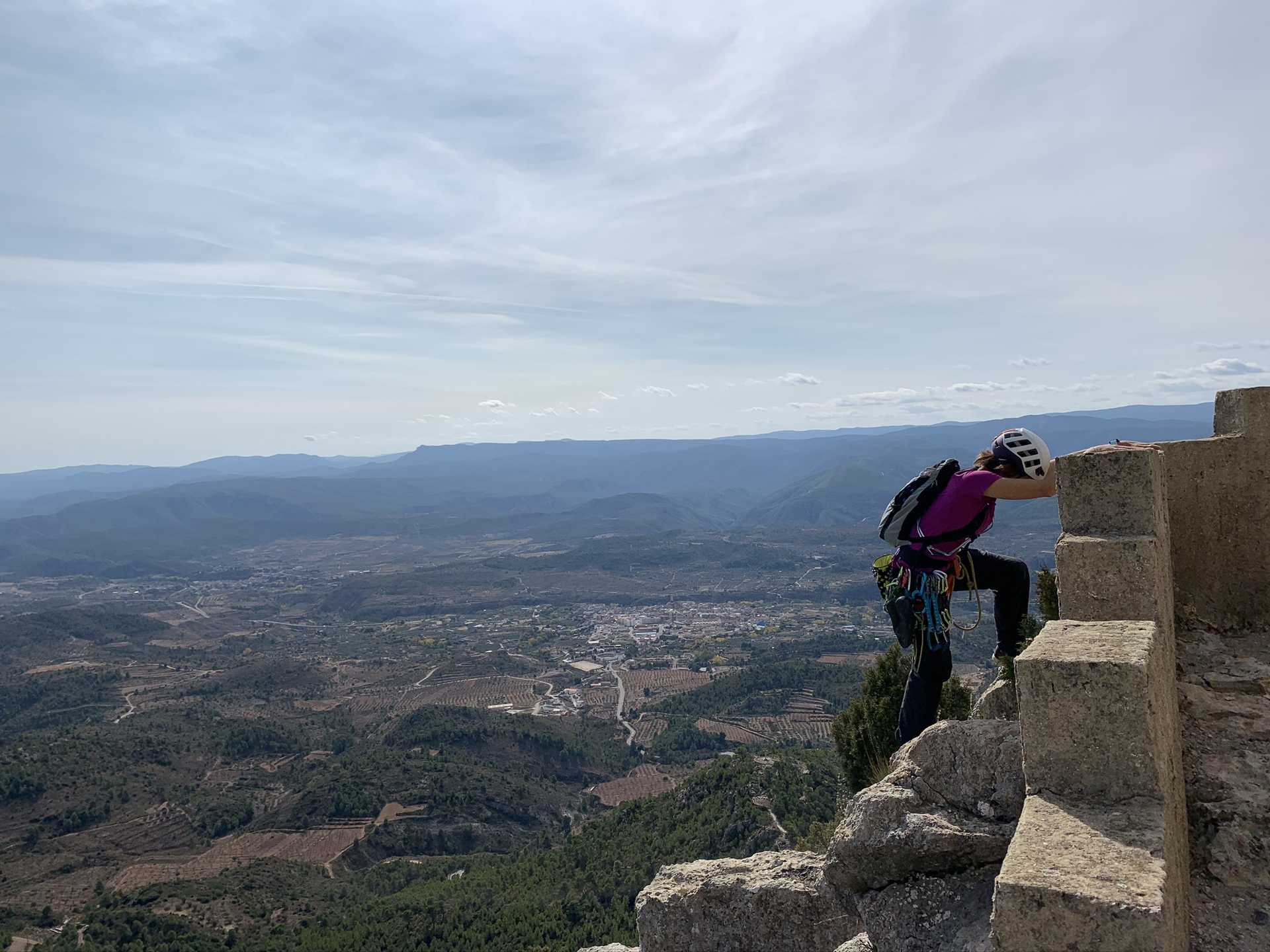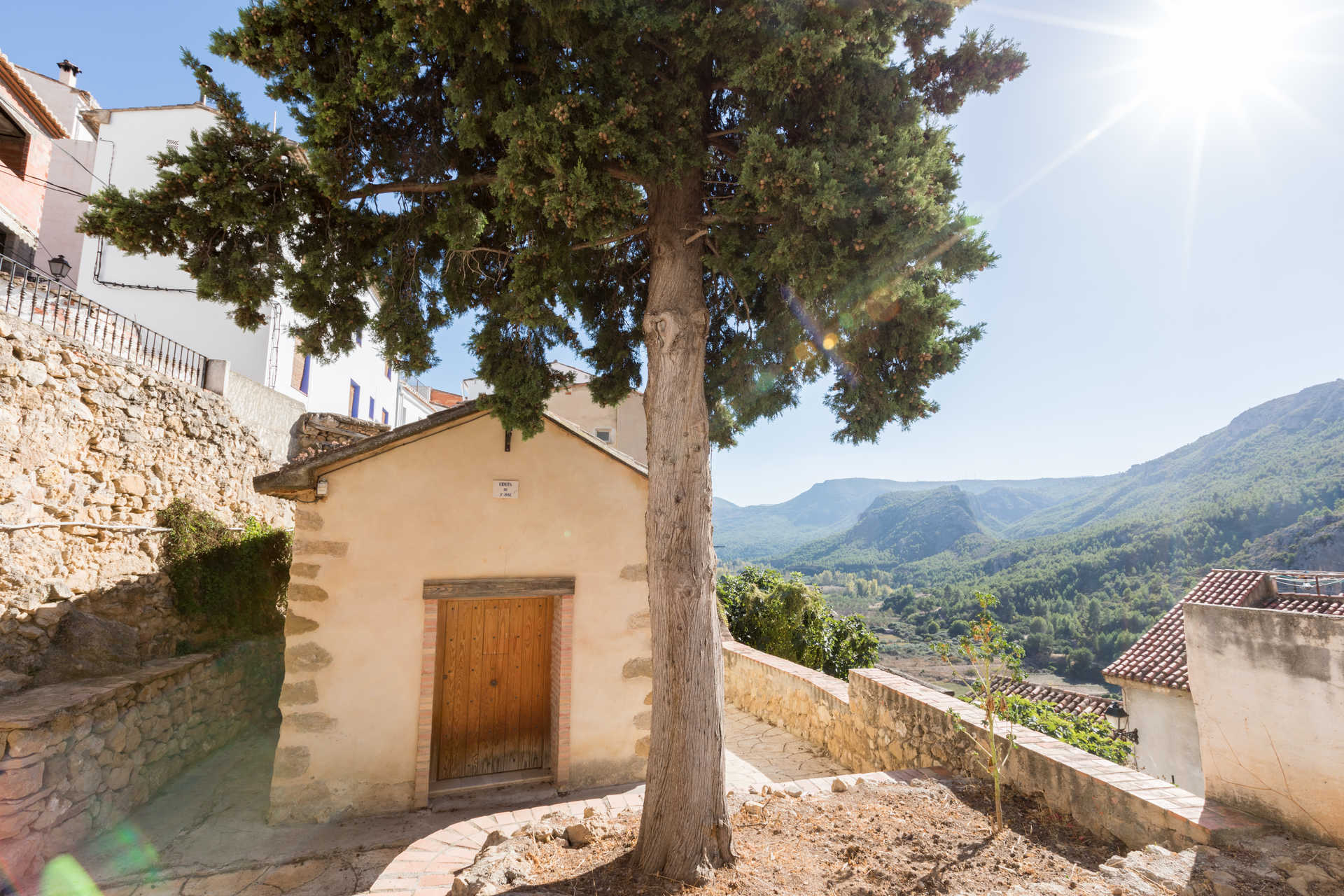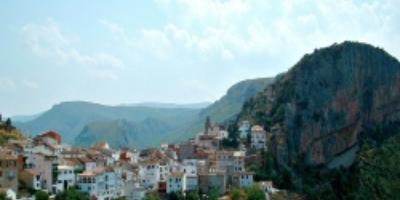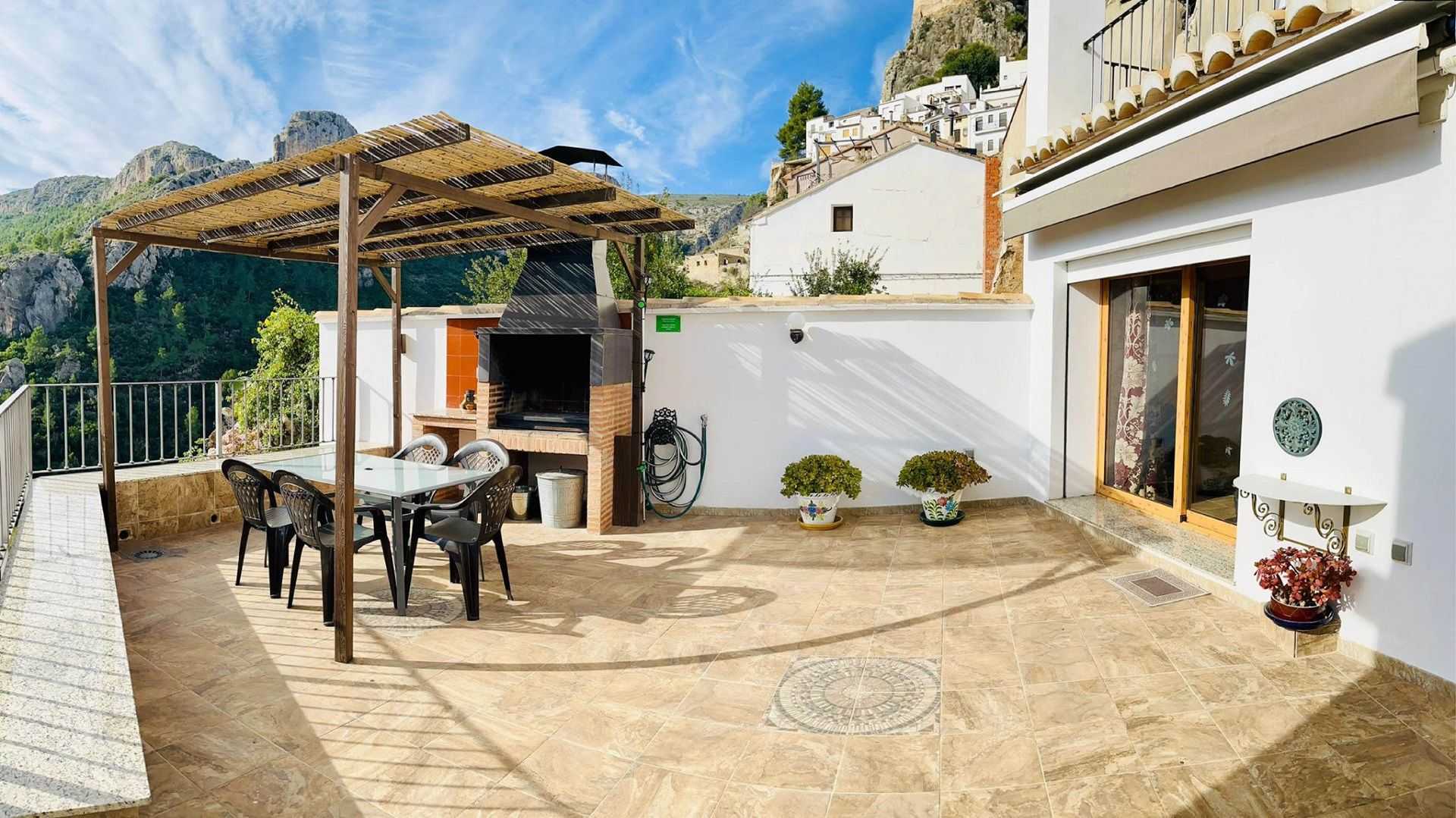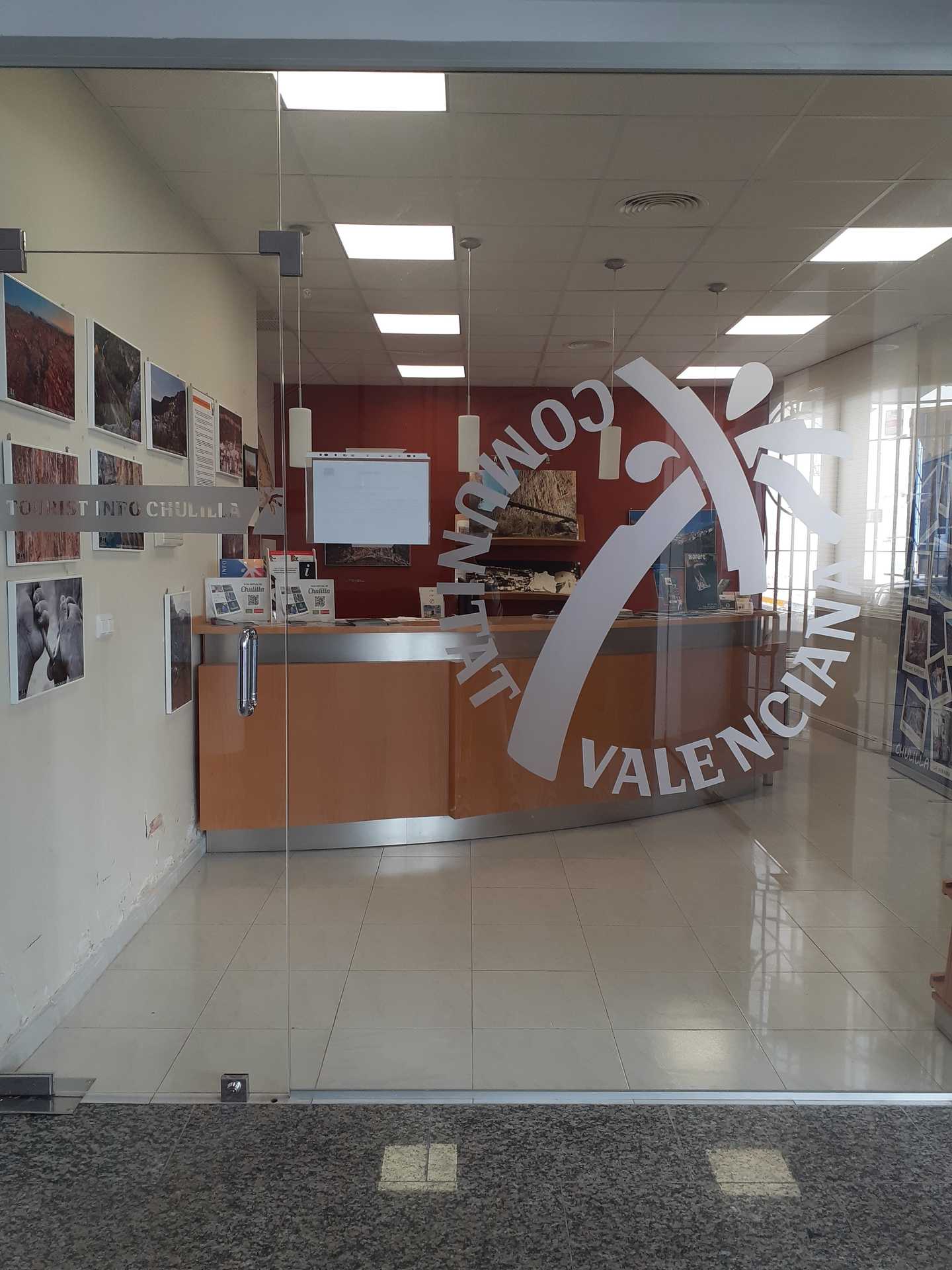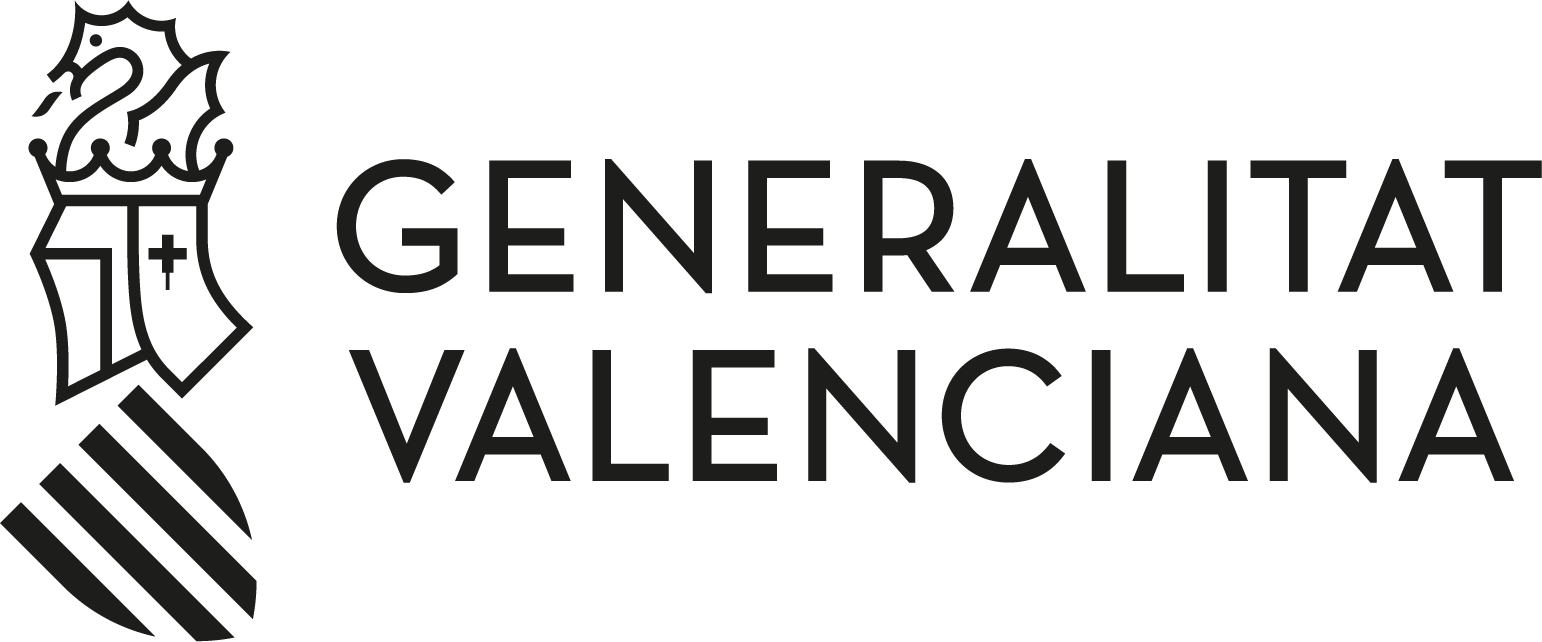Castillo de Chulilla
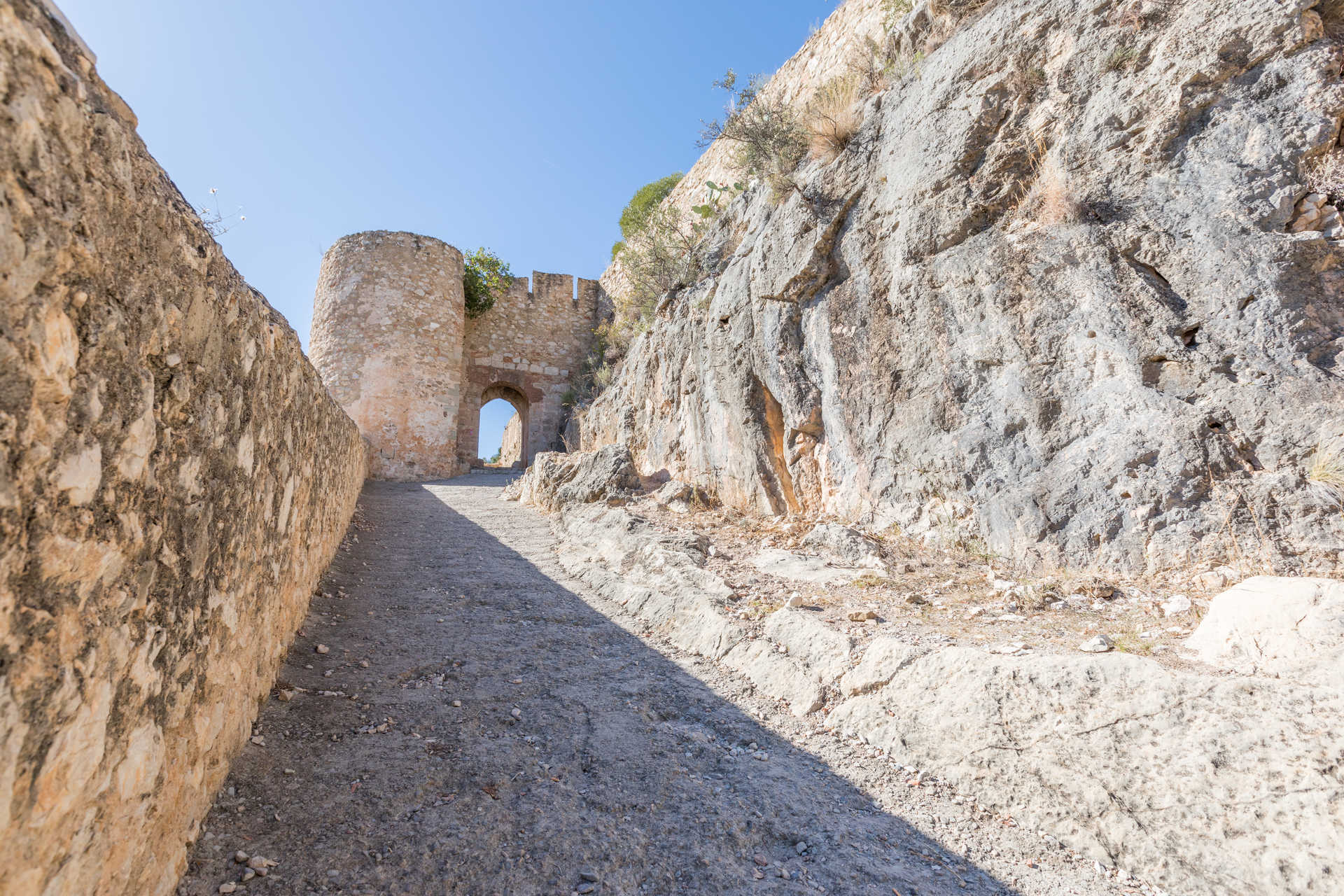
Multimedia Gallery

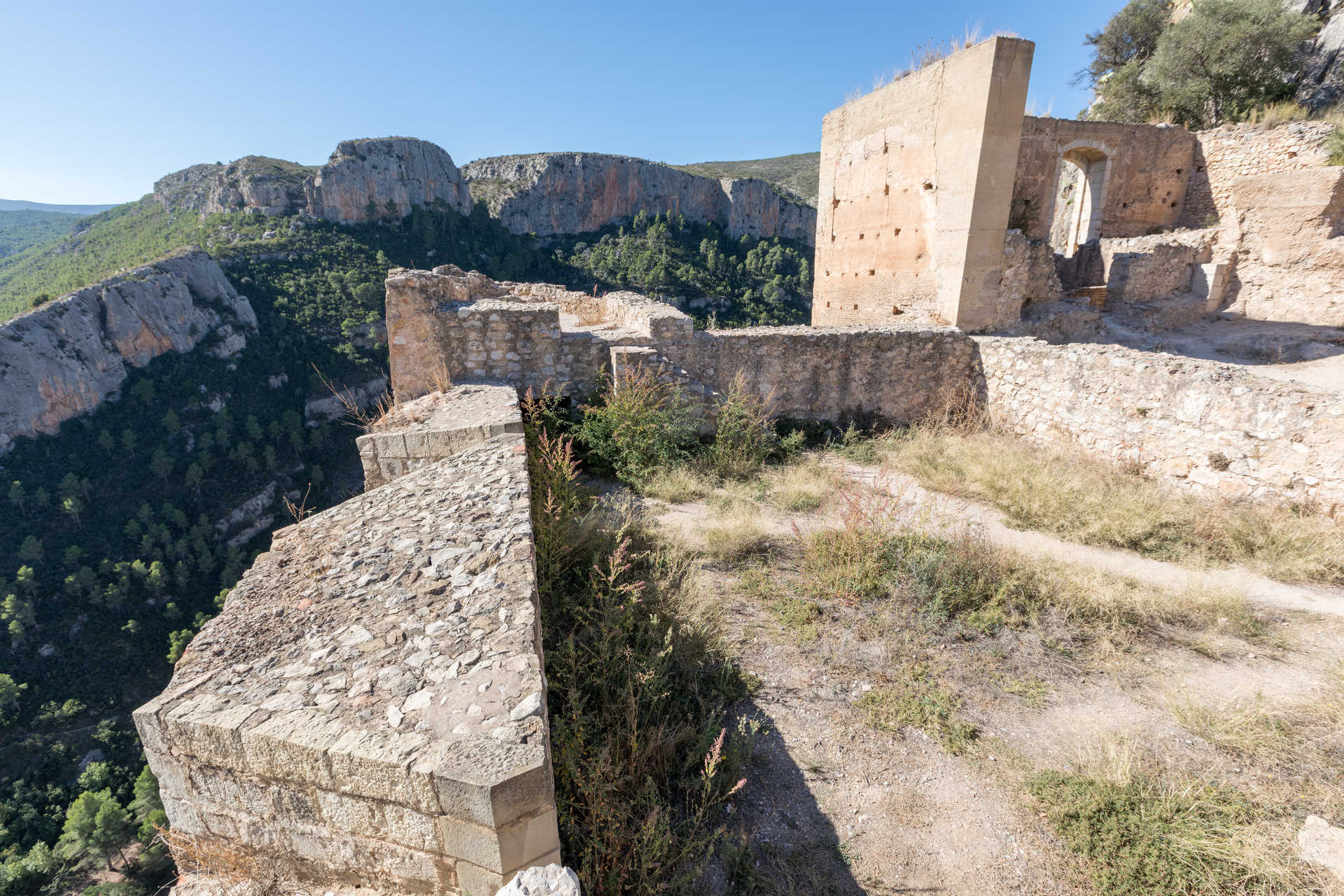
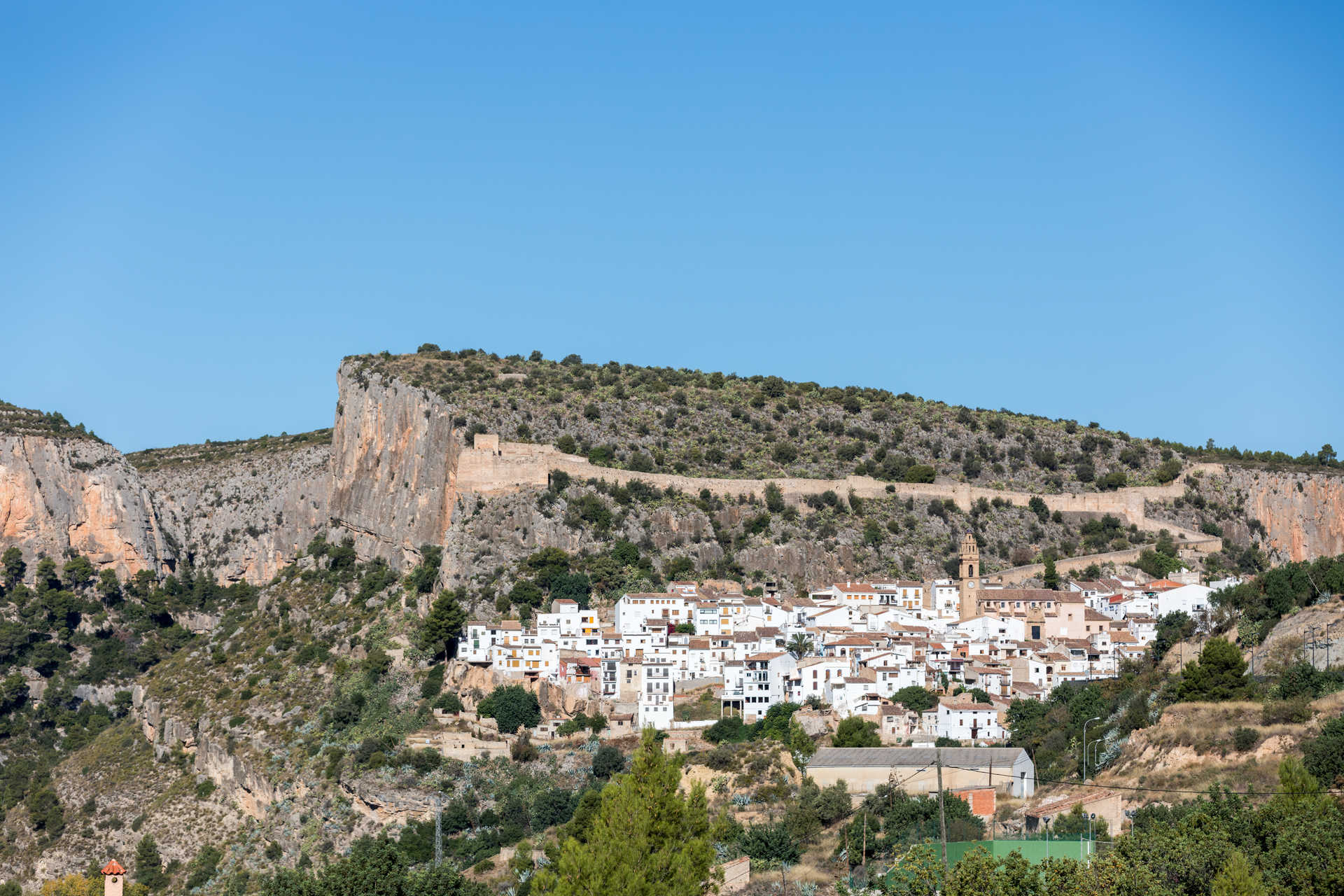
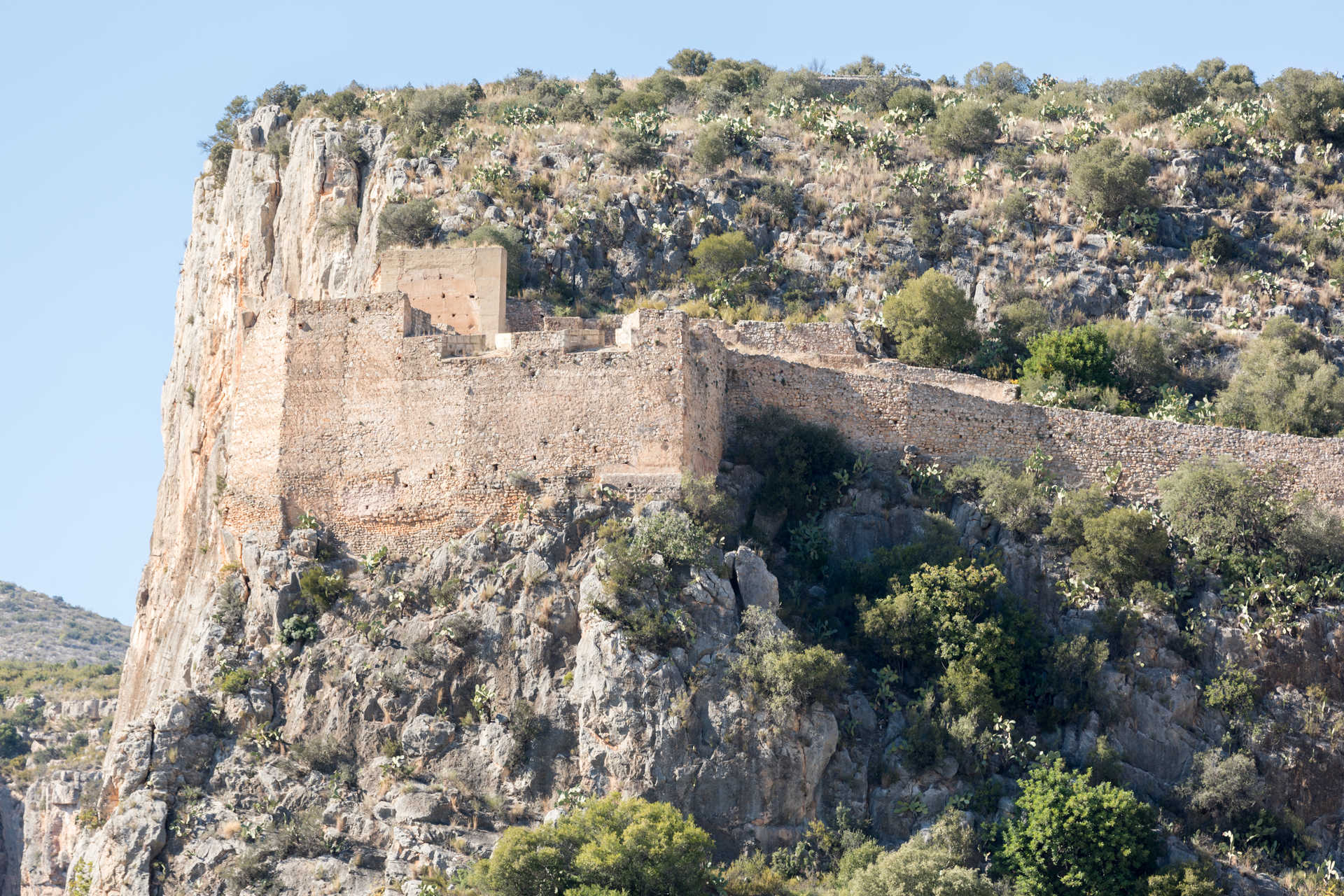
Multimedia Gallery
- Calle Castillo, 29
- Chulilla
- 46167
- contact information
- 961 657 979
- 961 657 001
- turismo@chulilla.es
- Access the web
Sitting atop a mountain, Castillo de Chulilla, Chulilla Castle, is an integral part of the unique landscape defining this part of Los Serranos.
The Chulilla Castle walls snake along the mountain side, merging with the sharp cliffs upon which it sits. The castle is surrounded by natural beauty, its contours matching the uneven terrain to paint a picture like no other. This Arabic castle in Chulilla was built atop an even older fortress which was involved in conflicts like the War of Succession, the Peninsular War and the Carlist Wars. It was in use until 1872.
You’ll take incredible photos at Chulilla Castle and enjoy exceptional views. Climb the slopes leading up to this extraordinary landmark and your effort will be rewarded.
Add some magic to your time in Chulilla by visiting the castle. And while you’re in the destination, don’t forget to walk the Hanging Bridges Trail or admire Charco Azul, a beautiful natural pool.









